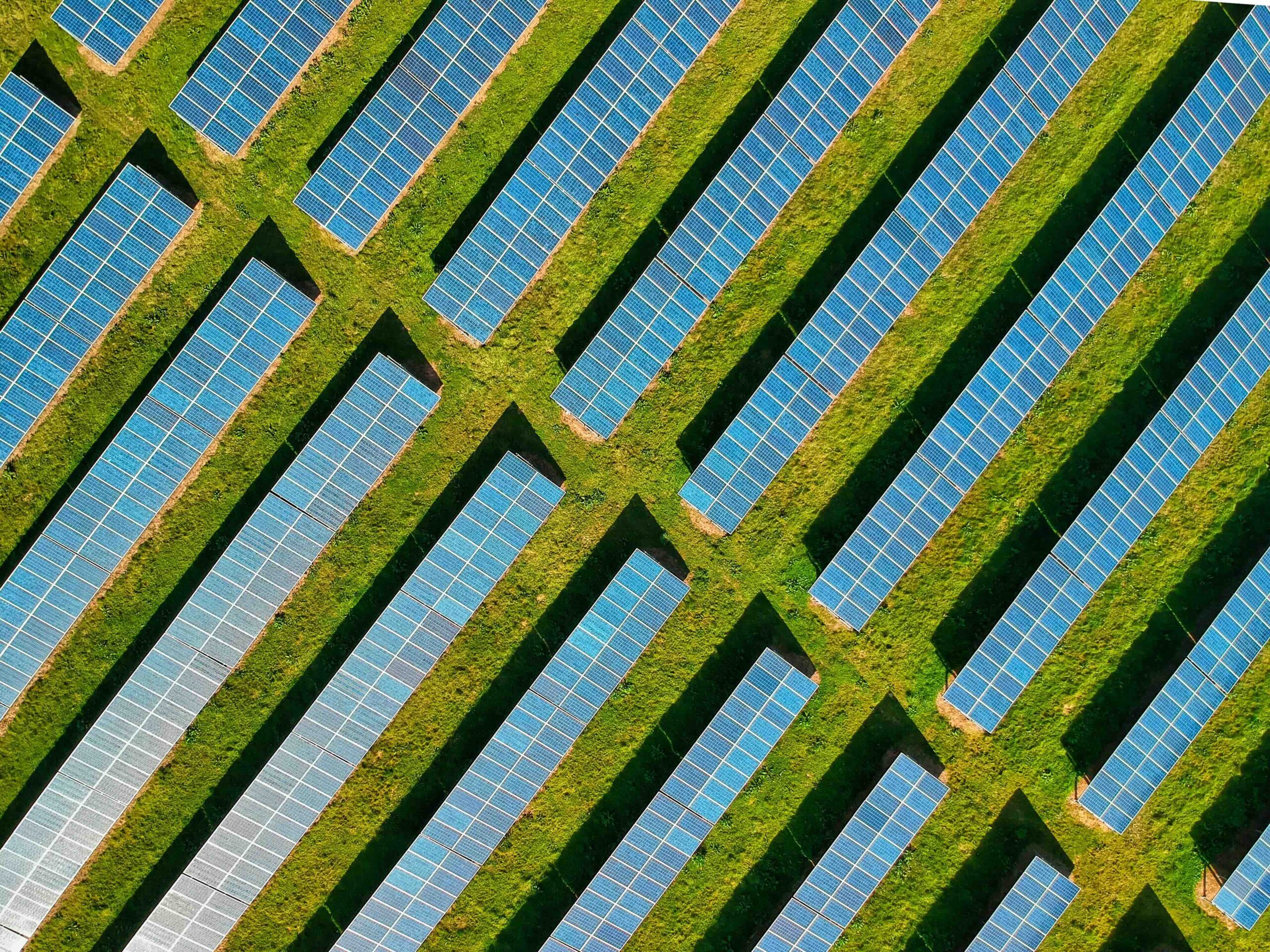The emerging conflict between utility-scale solar development and farmland loss has generated growing interest in proving the economic viability of continued agricultural production on landscapes leased for solar use, introducing the neologism agrivoltaics. Rural community resistance to solar development is expressed at the focal point of county zoning approval, with citizen testimony raising concerns over negative environmental and property value impacts on the surrounding community. Though such protestations without supporting research often fail to rebut a case for rezoning (depending on state law standards), the friction with agricultural producers remains of greater economic concern due to perceived loss of output and farmland “loss.” The reduced costs of solar development on working farmland – no tree removal, existing drainage infrastructure, road access – are well understood, and the numerous efforts by state and local governments to deter such development vary in success.
The body of research on the projected aggregate agricultural economic impact of state renewable energy targets is in its infancy. However, the immediate impact to individual producers losing leased fields to solar development is easily measured in lost production acres, and such individuals often retain significant voice and goodwill in the community. The growing body of policy work on decommissioning of solar facilities – i.e. the promise that one day the land may be farmed – fails to address short term concerns.
One principal area of addressing such friction is the exploration of a compromise in farmland loss and resulting economic impact. Given the present economic limitations between prevalent low-to-ground technology and panel spacing, continued agricultural production options – and ag economic output – remain limited. According to the National Renewable Energy Laboratory’s OpenEI Agrivoltaics Map, there are 517 dual-use solar facilities covering 61,477 acres and generating 9844 megawatts of electricity. (The author is aware of dual use facilities not appearing on the map.) The vast majority of these sites are devoted to pollinator habitat production – with its tenuous economic impact – with the next predominant agricultural use of sheep grazing. Some sites support active research, including blueberry production (Maine). Limited U.S. markets for sheep meat and wool may serve as a bottleneck to wider implementation of agrivoltaic grazing regimes. Site opportunities for grazing contracts may be misaligned with available grazing services, local producers and processing. The national leader in solar grazing efforts – American Solar Grazing Association – maintains its own map of agrivoltaic grazing sites.
The US Department of Energy has stepped up research funding into this area, and there are numerous active research projects underway across the country. One recent agrivoltaic grazing research grant application by NC State University illustrates possible research approaches: 1) incorporating diversified livestock grazing into vegetation management regimes – that would otherwise rely on equipment and chemical applications – to measure the impact of grazing on soil health, water quality and carbon sequestration; 2) an enhanced understanding of resource and site design requirements (e.g. panel spacing, height); and 3) exploration of socio-economic impacts in the local community to better understand long-term acceptance of agrivoltaic systems, economic viability to producer, landowner and producer, and scalability of such systems.
The exploration of the third item may have a direct impact on reducing zoning hearing friction. At least one study[1] finds that “81.8% of respondents [to a survey] would more likely support solar development in their community if it integrated agricultural production” and other social responses are revealed on the figure below. As noted, academic research into statewide and community agricultural economic impacts is needed, and as are the likely economic compromises and policy incentives required for scalable and high-value agricultural output to address concerns over farmland loss.

Image reproduced from article Pascaris, A.S. et al, Do agrivoltaics improve public support for solar? A survey on perceptions, preferences, and priorities, Department of Social Sciences, Michigan Technological University, 1400 Townsend Drive, Houghton, MI 49931, USA
[1] Pascaris, A.S., Schelly, C., Rouleau, M. et al. Do agrivoltaics improve public support for solar? A survey on perceptions, preferences, and priorities. GRN TECH RES SUSTAIN 2, 8 (2022)

